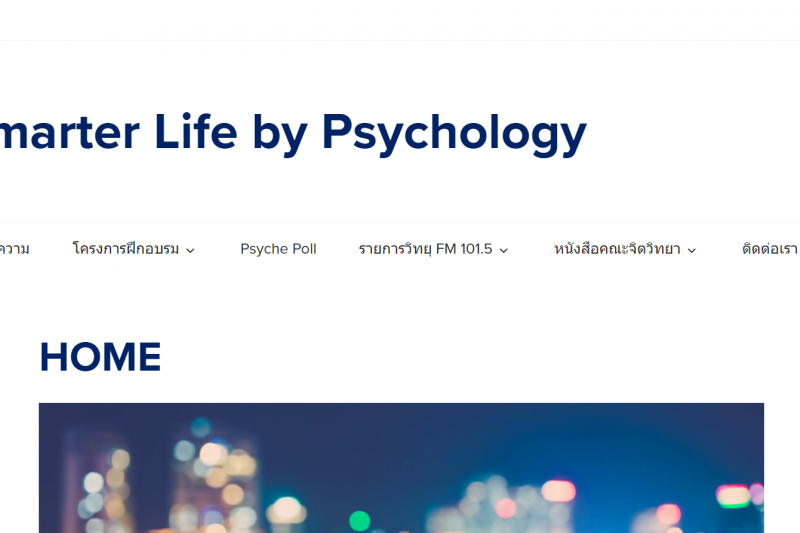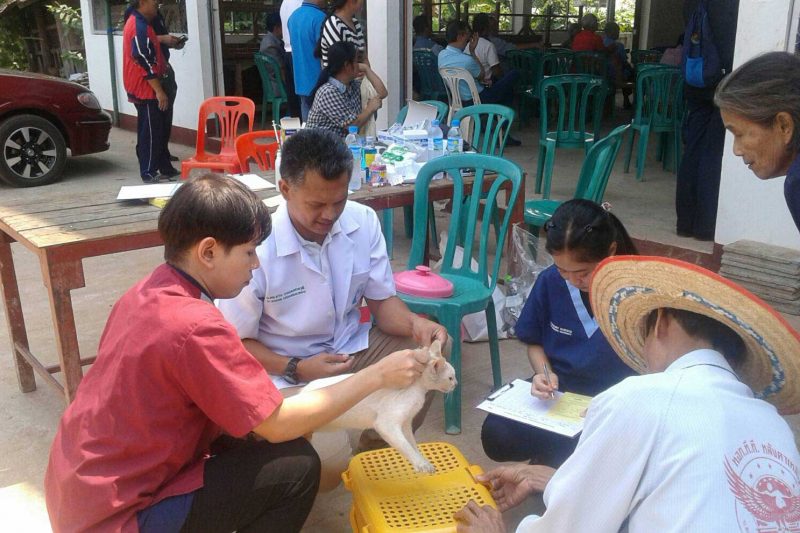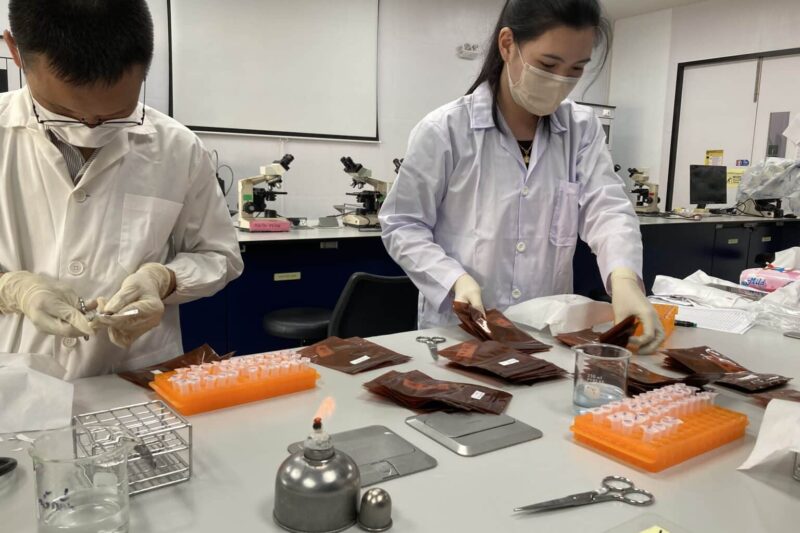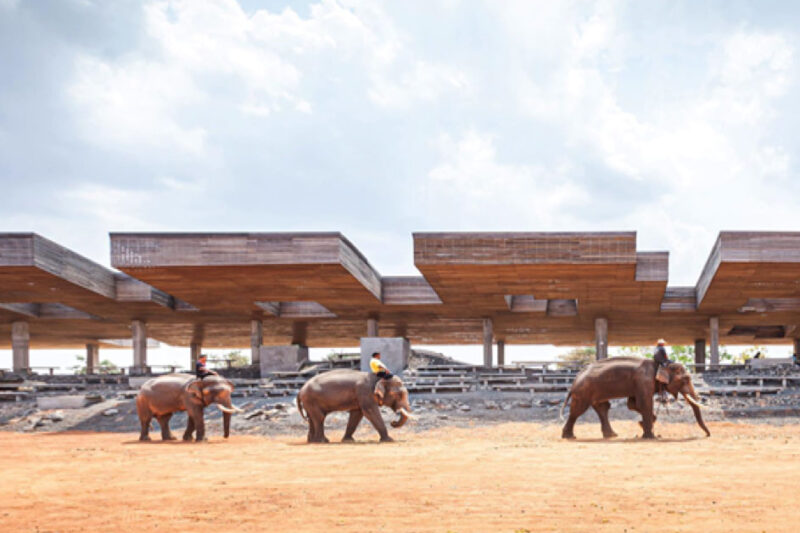“Urban Green, Green City” a learning game about the importance of urban green space
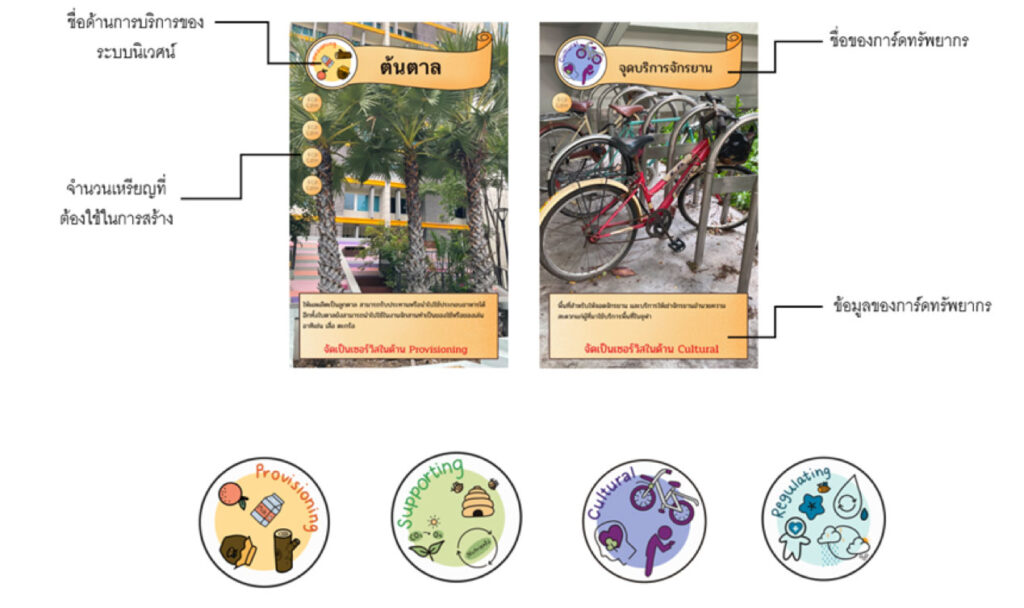
Since the industrial revolution, the human population has increased rapidly, with more than half of the population now living in cities; this trend is expected to continue. It is the reason for the expansion of many urban communities. Urbanization has affected both land use and patterns of biodiversity. This leads to fewer natural green spaces, the emergence or reemergence of disease, competition between living species, the extinction of native species, and their replacement by creatures adapted to urban environments. Consequently, biodiversity is diminished. It is possible to claim that urbanization is the leading cause of species extinction. Understanding the processes and effects of urbanization is essential for preserving biodiversity. In addition, increasing urban green space as a replacement for lost natural space may be one solution to this problem. Chulalongkorn University has put green spaces on campus at the top of its list of priorities and taken many steps to add more green spaces and protect biodiversity. However, communication, education, and public awareness continue to be inadequate. To address the issue, students and faculty from the Department of Biology, Faculty of Science, Chulalongkorn University, developed a board game that simulates actual crisis situations. The game is titled “Integrated model for learning the ecological services of urban green spaces” or “Urban Green, Green City”. The goal of this game is to get players to understand how the different parts and services of an urban ecosystem interact with each other, as well as the roles and responsibilities of different stakeholders. This is important for turning urban green spaces into ecosystems that are good for all living things, including people who live in cities. Each player will receive a character card representing individuals with varying roles in the area’s management, as well as resource cards and money cards. The situation card will serve, and the player will use their character’s ability to manage resources and funds to achieve the best possible outcome in the simulated scenario. By playing the game, the player will learn about how to manage and improve local biodiversity. Following the game, the players will be tested on their knowledge of biodiversity management with a quiz. The “Urban Green, Green City ” game has been successfully implemented in a number of Chulalongkorn University courses that deal with managing biodiversity. The game has also been distributed to schools in Bangkok and the major provinces in an effort to teach younger students about biodiversity management.
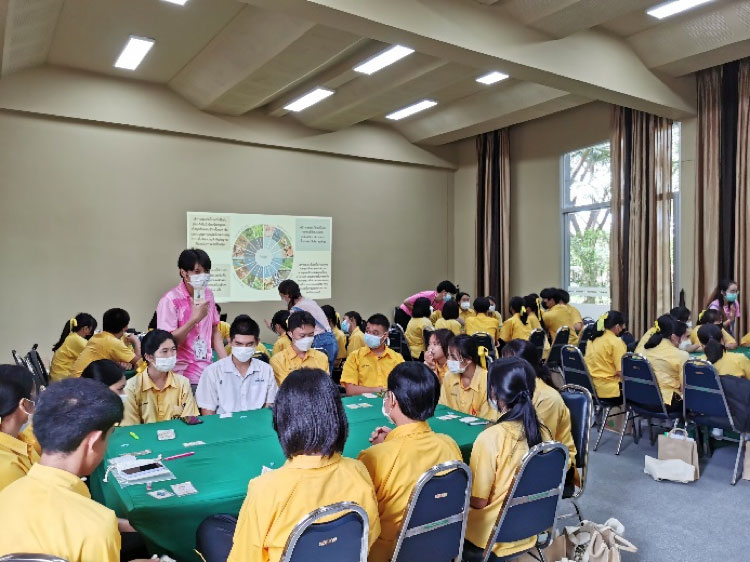
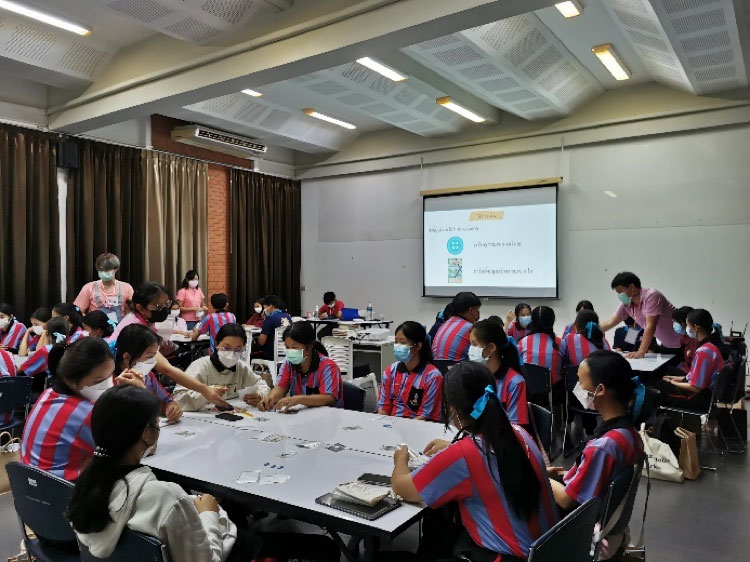
BY
Faculty of Science, Chulalongkorn University
Others
Rabies Prevention Model Community
Pilot project in Udon Thani that stresses citizen engagement produces positive results

